In a world where visuals speak louder than words, video editing services have become the cornerstone of impactful storytelling. Imagine turning your raw footage into a compelling narrative that captivates your audience and breathes life into your vision. This is the magic of professional video editing – it transforms ordinary clips into extraordinary experiences.
Video editing is more than just a technical skill; it’s an art form. It’s the invisible thread that weaves together the story, pace, and emotion of your footage. The right cuts and transitions can elevate a simple video into an engaging masterpiece, making the difference between mediocrity and brilliance. It’s the secret sauce that ensures your message resonates, creating an unforgettable impact.
At its core, video editing is the process of manipulating and rearranging video shots to create a new work. This involves cutting segments (trimming), re-sequencing clips, and adding transitions and other special effects. It’s about refining the raw footage into a coherent story, enhancing the narrative, and adding elements that evoke the desired emotional response.
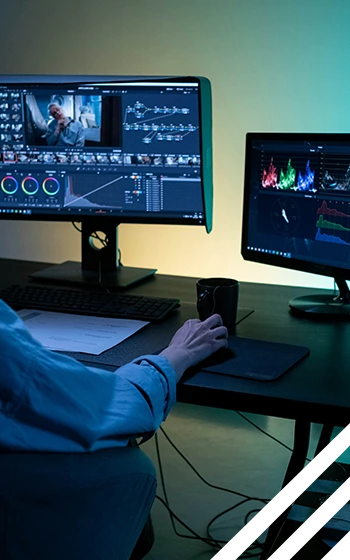
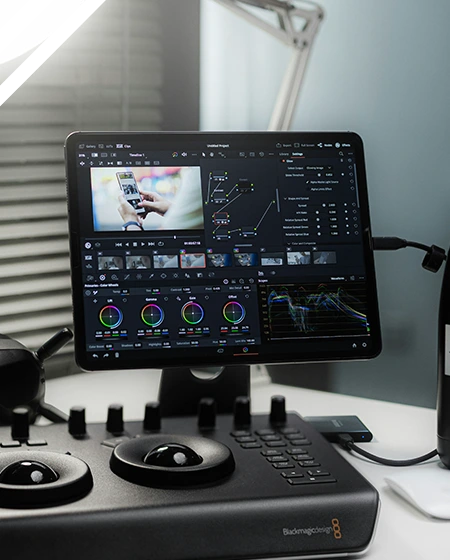
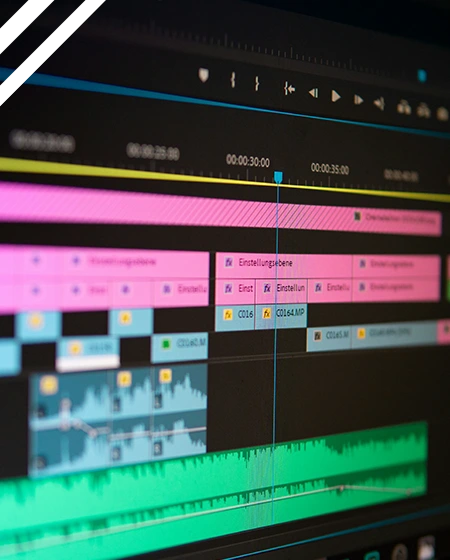
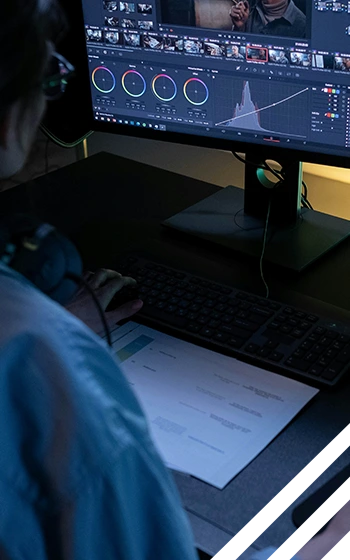
Reviewing raw footage and selecting the best clips is the first crucial step in the video editing process. This task, often underestimated, requires a keen eye and a lot of patience. The process begins by meticulously watching hours of raw footage. Each frame is scrutinized to find the shots that not only tell the story effectively but also have the highest visual and audio quality. In video editing, this step is foundational because the selected clips will form the backbone of the final product.
When reviewing the raw footage, the editor looks for several key elements. Firstly, they assess the technical quality of each shot. This includes ensuring the lighting is appropriate, the focus is sharp, and the sound is clear. Any footage that doesn’t meet these standards is typically discarded, as poor-quality clips can distract viewers and diminish the overall impact of the video.
Secondly, the editor considers the narrative flow. They identify clips that best convey the story or message intended by the project. This involves choosing shots that have strong visual appeal, compelling action, or significant emotional resonance. In video editing, it’s not just about selecting the most visually striking clips but also those that contribute to the storytelling. Each chosen clip should advance the narrative, build tension, or evoke specific emotions from the audience.
Mastering techniques such as cutting, splicing, and transitioning is fundamental to creating a compelling narrative. These techniques are the building blocks of video editing, allowing editors to piece together clips in a way that tells a coherent and engaging story.
Incorporating these editing techniques—cutting, splicing, and transitioning—into video editing allows editors to craft a polished and professional final product. By carefully selecting and combining clips, and using transitions creatively, editors can enhance the narrative flow and pacing of the video, ensuring that it captures and retains the audience’s attention from start to finish.
These techniques are the foundation of effective video editing, transforming raw footage into a cohesive and compelling story.
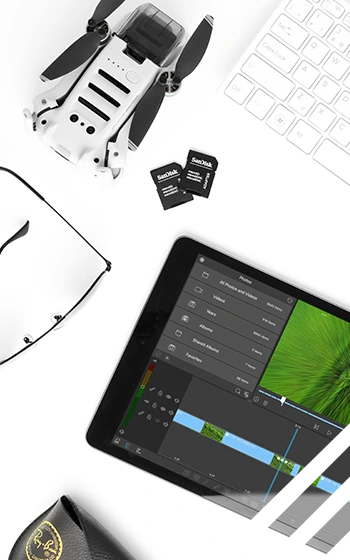
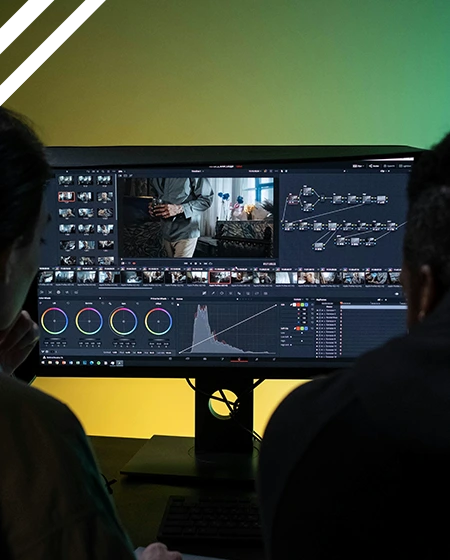
By cutting away unnecessary parts, editors can focus on the essential elements that drive the story forward. This not only keeps the audience engaged but also enhances the overall quality of the video.
In video editing, splicing requires a keen eye for detail to ensure that the transitions between clips are smooth and seamless. This technique helps in maintaining the flow of the narrative and ensures that the audience remains immersed in the story.
These transitions can vary from simple cuts to more complex effects like crossfades, wipes, and jump cuts. Each type of transition serves a different purpose and can be used creatively to enhance the narrative.
Involves adjusting audio levels, adding sound effects, and syncing dialogue with the visuals. Good sound editing ensures that the audio is clear, and balanced, and enhances the overall viewing experience.
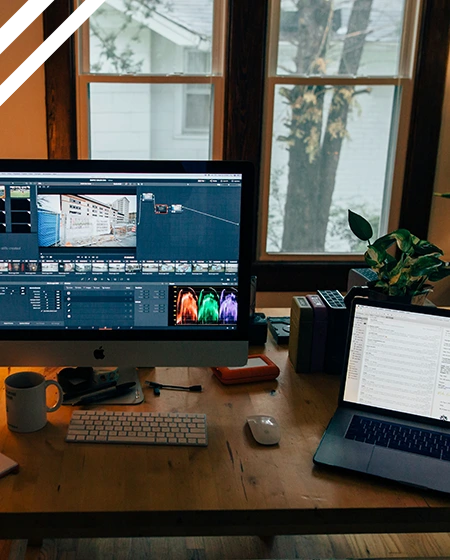
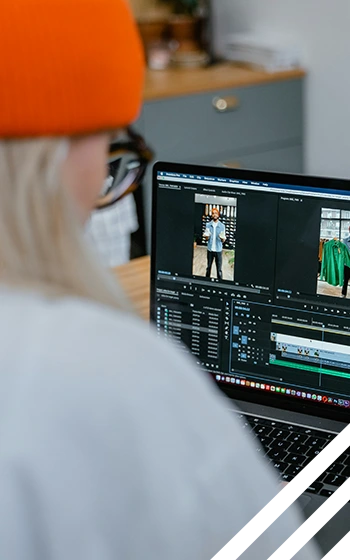
Colour correction and grading are essential steps in the video editing process that significantly enhance the visual appeal of your footage. These techniques involve meticulously adjusting the colours and lighting in a video to ensure consistency across all shots and to create a desired aesthetic that captivates the audience.
Colour correction is the first step, focusing on balancing the colours to make the footage look natural and uniform. This process addresses issues like improper lighting, incorrect white balance, and colour inconsistencies between shots. For instance, if one scene is shot in bright daylight and another in dim indoor lighting, colour correction adjusts the hues, brightness, and contrast to ensure that the transition between these scenes is seamless and visually pleasing. The goal of colour correction is to achieve a neutral, accurate colour representation that reflects how the scene would appear to the naked eye.
Once the footage is colour-corrected, the next step is colour grading. This is where the artistic touch comes into play. Colour grading involves enhancing the colours to evoke specific emotions, set the tone, and create a particular mood. For example, warm tones like reds and oranges can be amplified to create a cosy, inviting atmosphere, while cooler tones like blues and greens can be emphasized to evoke a sense of calm or mystery. In cinematic storytelling, colour grading is crucial for creating a visual style that supports the narrative. A horror film might use desaturated colours and dark shadows to build tension, while a romantic comedy might use bright, vibrant hues to convey happiness and energy.
Creating the perfect audio experience is an essential part of the video editing process. Sound editing plays a crucial role in enhancing the overall impact and professionalism of a video. In the realm of video editing, sound editing involves several meticulous steps, each aimed at ensuring that the audio complements and enhances the visual content.
One of the primary tasks in sound editing is adjusting audio levels. This involves balancing the volume of different audio tracks to ensure a consistent and clear sound throughout the video. For instance, background music should not overpower dialogue, and sound effects should be appropriately audible without being intrusive. By carefully adjusting audio levels, editors ensure that viewers can hear all elements clearly, creating a harmonious audio landscape.
Sound effects are vital in making a video more engaging and immersive. These effects can range from subtle ambient sounds that create a sense of place to more pronounced effects that highlight specific actions or emotions.
Synchronizing dialogue with visuals is another crucial aspect of sound editing. This involves aligning the spoken words with the lip movements of the characters on screen.
Creating a balanced soundscape means ensuring that all audio elements work together harmoniously. This involves mixing the various audio tracks, such as dialogue, music, and sound effects, to create a cohesive and pleasing auditory experience. A well-balanced soundscape supports the video’s emotional tone and helps convey the intended message more effectively. For example, a dramatic scene might have a more intense and dynamic sound mix, while a tranquil scene would feature softer, more soothing sounds.
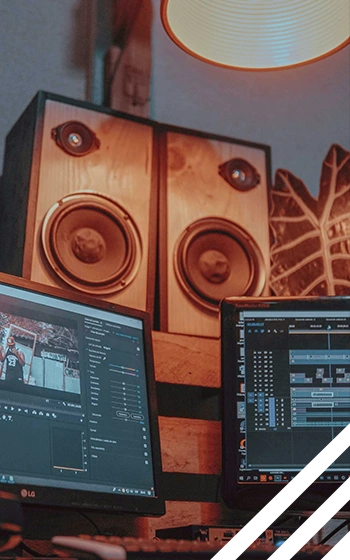
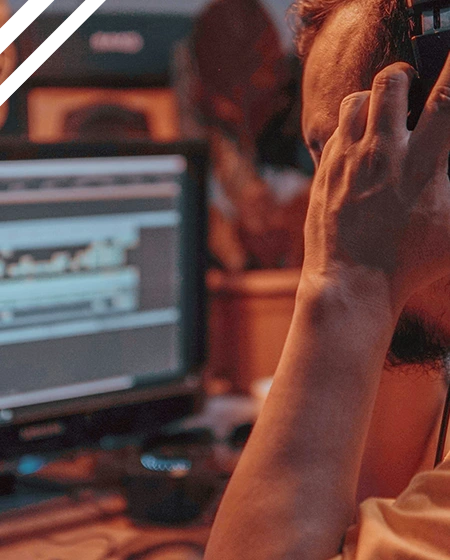
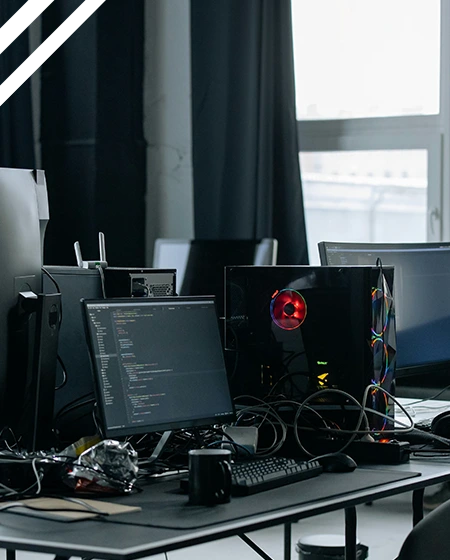
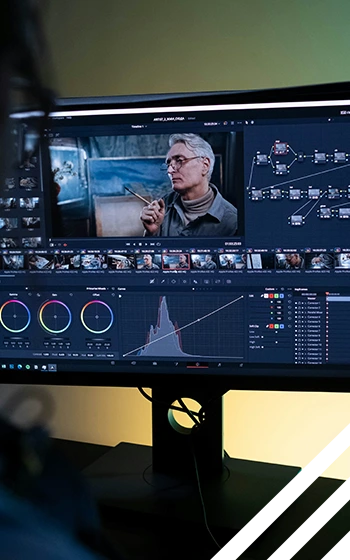
Rendering and exporting are the final crucial steps in the video editing process, where the culmination of creative efforts transforms into the polished, ready-to-share final product.
Rendering begins once all editing tasks—such as cutting, splicing, adding effects, and color grading—are completed. During this stage, the video editing software processes each frame of the footage according to the instructions set by the editor. This includes integrating transitions, applying visual effects, adjusting audio levels, and ensuring overall continuity. Depending on the complexity of the project and the power of the editing hardware, rendering can take a significant amount of time. It involves the software compiling all the data and calculations to produce a single cohesive video file.
After rendering, the next step is exporting the video in the appropriate format and resolution. This step ensures that the video file is optimized for its intended use, whether it’s for online streaming, broadcasting, DVD production, or social media platforms. The choice of format (e.g., MP4, MOV, AVI) and resolution (e.g., 1080p, 4K) depends on factors such as the target audience, platform requirements, and desired quality level.

Ready to transform your footage into a captivating story?
Start your video editing journey today and discover the difference a professional touch can make. Whether it’s a corporate video, a wedding film, or a social media clip, the right editing service can bring your vision to life and make your content shine.
Please use the contact form and fill in as many details as possible and one of our helpful staff will be back in contact with you to help with any questions you might have on our services.

Online Marketing & Design Services
Let us bring your ideas to life with professional design and marketing services. Let us help you achieve your business objectives and thrive in the digital marketplace.